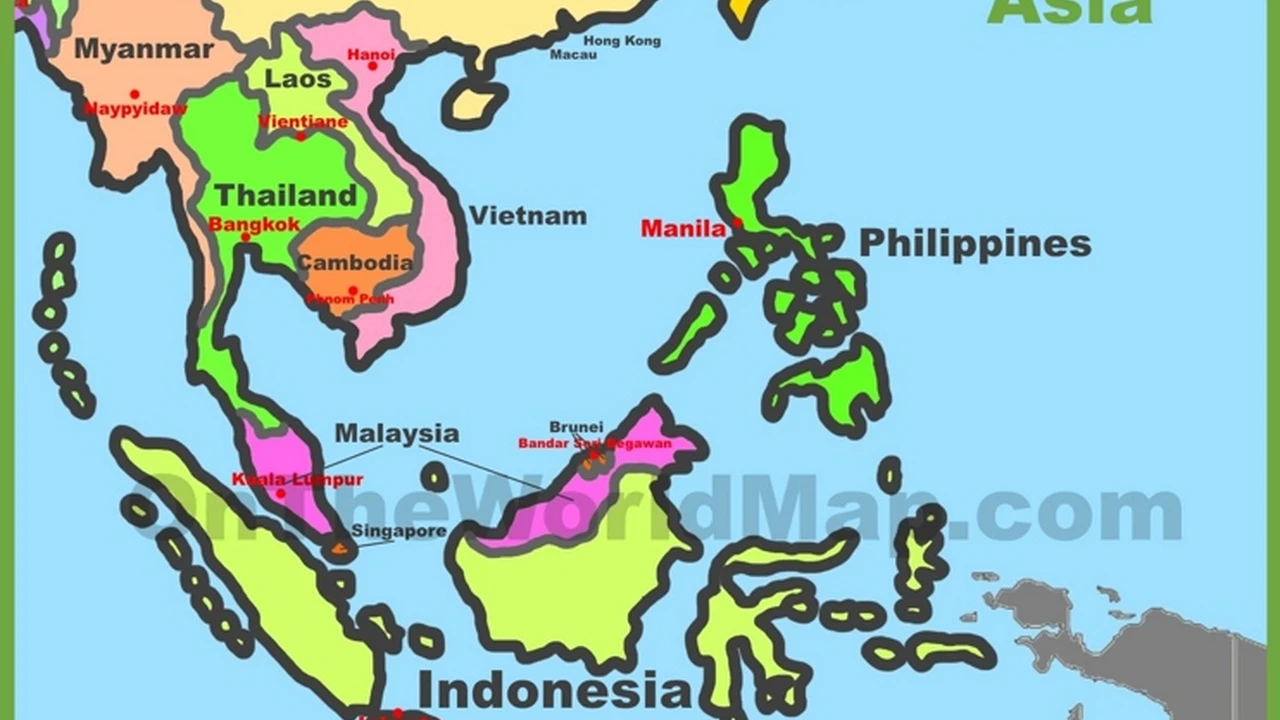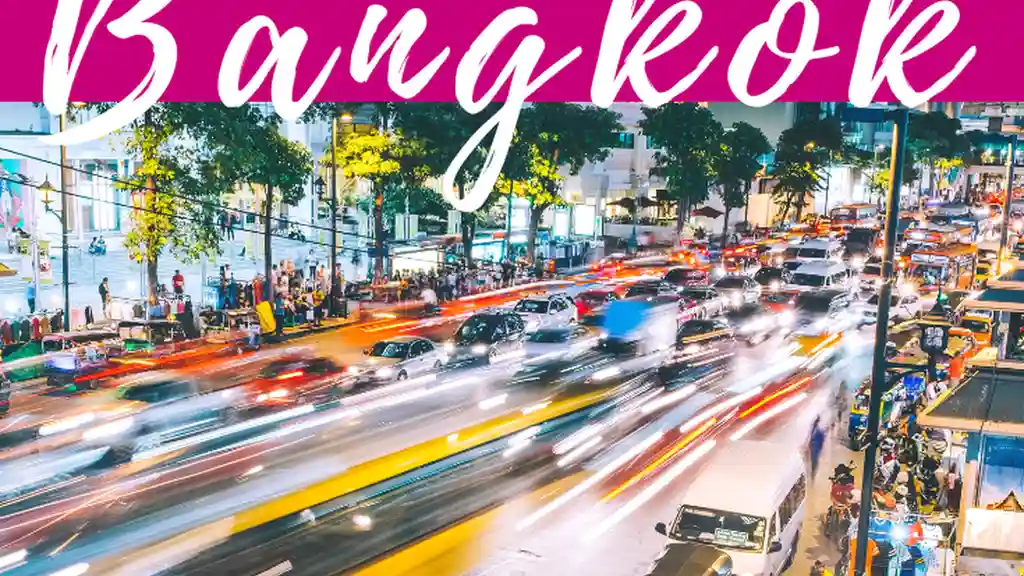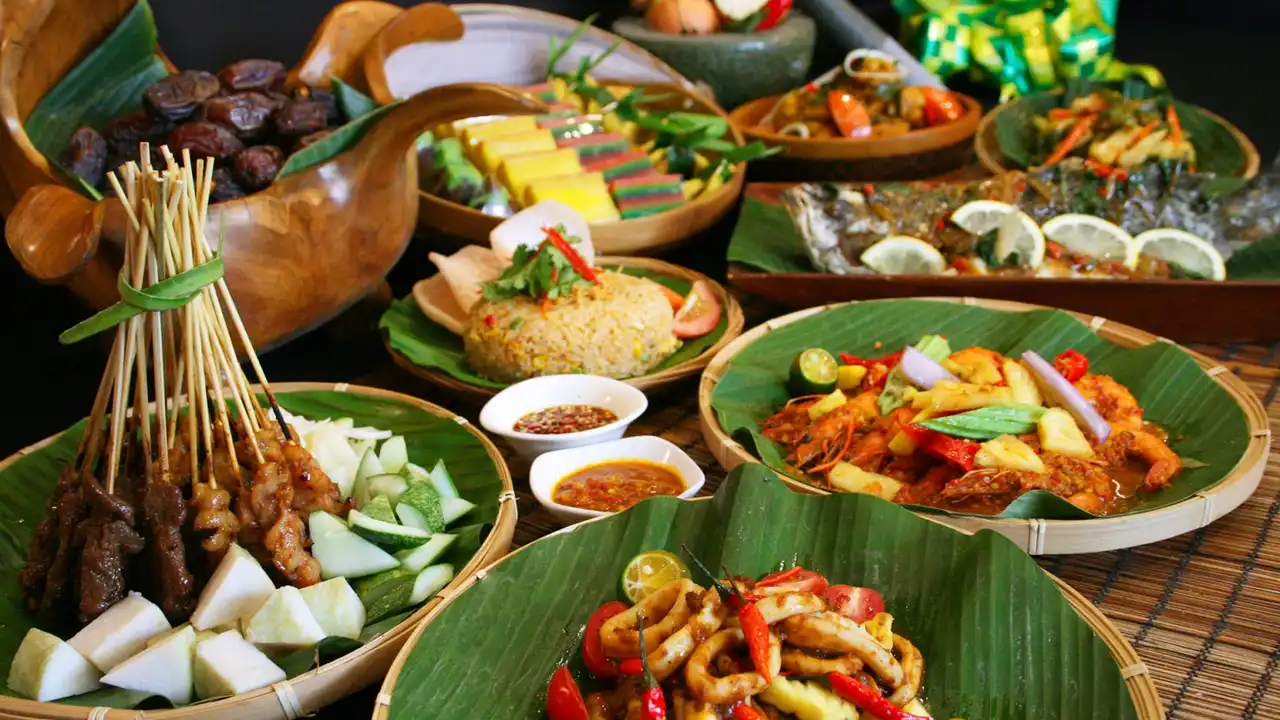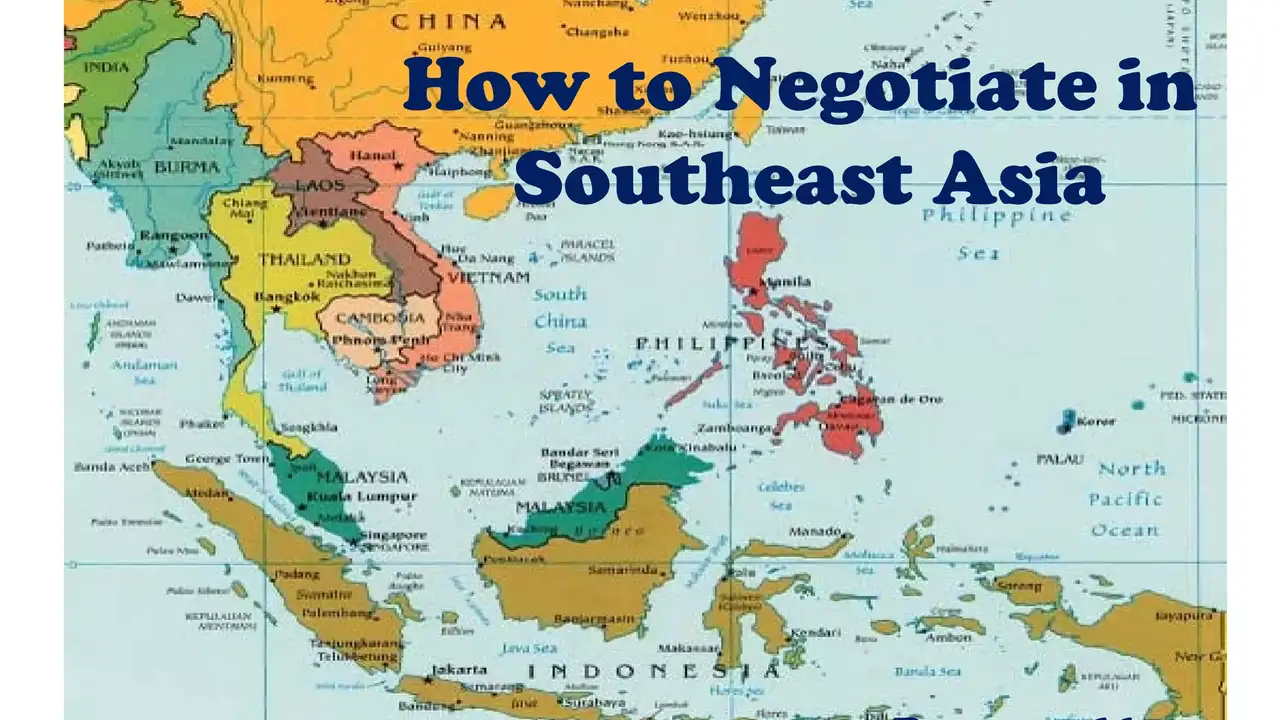Southeast Asia: Getting Around Without Speaking the Language

Introduction Navigating Southeast Asia Language Challenges
So, you're dreaming of exploring the vibrant markets of Vietnam, the ancient temples of Cambodia, or the bustling streets of Thailand, but there's a little voice in the back of your head whispering, "What about the language barrier?" Don't let it stop you! Southeast Asia is incredibly accessible even if you only know a few basic phrases (or none at all). This guide is packed with tips, tricks, and product recommendations to help you conquer your language anxieties and have an unforgettable adventure.
Essential Travel Apps for Southeast Asia Language Translation
In today's digital age, language barriers are practically nonexistent. Your smartphone is your best friend. Forget those bulky phrasebooks; download these essential apps:
Google Translate The Ultimate Travel Translator
Google Translate is a lifesaver. It offers text translation, voice translation, and even image translation. Imagine pointing your phone's camera at a menu written entirely in Thai and instantly seeing it in English! Plus, you can download languages for offline use, which is crucial when you're trekking through remote areas with limited Wi-Fi. Use case: Ordering street food, deciphering bus schedules, asking for directions. Cost: Free.
iTranslate A Powerful Alternative to Google Translate
iTranslate is another excellent option with similar features to Google Translate. It boasts a user-friendly interface and supports a wide range of languages. Some users find its voice translation to be slightly more accurate than Google Translate in certain languages. Use case: Negotiating prices at markets, understanding local customs, communicating with hotel staff. Cost: Free (with in-app purchases for premium features).
Pleco The Go-To App for Chinese Language Travel
If your travels take you to countries with a significant Chinese-speaking population (like Singapore or parts of Malaysia), Pleco is a must-have. It's a comprehensive Chinese dictionary app with definitions, example sentences, and even handwriting recognition. Use case: Reading Chinese signs, ordering at Chinese restaurants, communicating with taxi drivers who speak Mandarin. Cost: Free (with in-app purchases for advanced features).
Communicating Non-Verbally in Southeast Asia Body Language and Gestures
Sometimes, the best communication doesn't involve words at all. Learn a few basic non-verbal cues to show respect and understanding:
Smiling Universally Understood and Appreciated
A smile goes a long way. It's a universal sign of friendliness and goodwill. Don't be afraid to smile at people, even if you don't speak their language. It can break down barriers and create positive interactions.
Pointing Use with Caution and Respect
Pointing can be considered rude in some Southeast Asian cultures. Instead of pointing directly at someone, use an open palm to indicate a direction or object.
Nodding Acknowledging and Showing Respect
Nodding shows that you're listening and understanding. It's a polite way to acknowledge what someone is saying, even if you don't fully grasp the meaning.
The Importance of Respectful Posture and Demeanor
Be mindful of your body language. Avoid crossing your arms, which can be interpreted as being closed off or defensive. Maintain eye contact and be attentive when someone is speaking to you.
Transportation Options and Strategies for Language-Free Travel
Getting around without speaking the local language can seem daunting, but there are plenty of transportation options that make it easy:
Ride-Hailing Apps Grab and Gojek Your Southeast Asia Transportation Solution
Grab and Gojek are the Uber and Lyft of Southeast Asia. These apps are incredibly convenient for booking taxis, motorbikes, and even food deliveries. You can set your destination on the map, see the fare upfront, and pay electronically, eliminating the need to negotiate prices or explain directions. Use case: Airport transfers, city sightseeing, getting to and from restaurants. Cost: Varies depending on distance and demand; usually very affordable.
Pre-Booked Airport Transfers A Stress-Free Arrival
Arrange for a pre-booked airport transfer with a reputable company. This ensures that someone will be waiting for you at the airport with a sign bearing your name, ready to whisk you away to your hotel without any language hassles.
Trains and Buses Navigating Public Transportation
Train and bus travel can be a great way to see the countryside. Look for online booking platforms that offer English-language support. Alternatively, ask your hotel or guesthouse staff to help you book tickets and explain the route.
Motorbike Taxis When to Use and How to Stay Safe
Motorbike taxis are a common sight in Southeast Asia. They're a quick and affordable way to get around congested cities. However, be sure to wear a helmet and negotiate the price before you hop on. Only use reputable motorbike taxi services and avoid riding with drivers who appear reckless.
Product Recommendations for Seamless Communication and Navigation
Here are some specific products that can make your language-free travel experience even smoother:
Pocketalk Voice Translator Real-Time Language Translation
The Pocketalk is a dedicated voice translator device that offers real-time, two-way translation in over 80 languages. It's designed specifically for travel and features a durable design and long battery life. Use case: Complex conversations, business meetings, situations where accuracy is paramount. Pros: Excellent accuracy, ease of use, dedicated device. Cons: More expensive than smartphone apps. Price: Around $300.
Pilot Earpieces Wireless Real-Time Translation
Pilot earpieces are wireless earbuds that provide real-time translation directly into your ear. They're a more discreet and natural way to communicate with people who speak different languages. Use case: Conversations in noisy environments, situations where you want to be less conspicuous. Pros: Discreet, hands-free. Cons: Can be expensive, requires a good internet connection. Price: Around $250.
Universal Travel Adapter With USB Ports Power Up Your Devices
A universal travel adapter is essential for charging your devices in Southeast Asia, which uses a variety of plug types. Look for one with USB ports so you can charge your phone and other gadgets simultaneously. Use case: Charging your phone, camera, and other electronic devices. Pros: Essential for international travel. Cons: None, really. Price: Around $20.
Portable Wi-Fi Hotspot Stay Connected on the Go
A portable Wi-Fi hotspot allows you to connect your devices to the internet even when you're away from Wi-Fi hotspots. This can be particularly useful in remote areas or when you need a secure and reliable internet connection. Use case: Staying connected on the go, accessing maps and translation apps. Pros: Convenient, secure. Cons: Requires a SIM card or data plan. Price: Rental options available for around $5-10 per day.
Embrace the Adventure Overcoming Language Barriers
Traveling without speaking the local language can be an incredibly rewarding experience. It forces you to be more resourceful, observant, and open to new experiences. Don't be afraid to make mistakes or ask for help. Most people in Southeast Asia are incredibly friendly and willing to assist travelers, even if you don't share a common language. So, pack your bags, download your apps, and get ready for an unforgettable adventure!
:max_bytes(150000):strip_icc()/277019-baked-pork-chops-with-cream-of-mushroom-soup-DDMFS-beauty-4x3-BG-7505-5762b731cf30447d9cbbbbbf387beafa.jpg)






